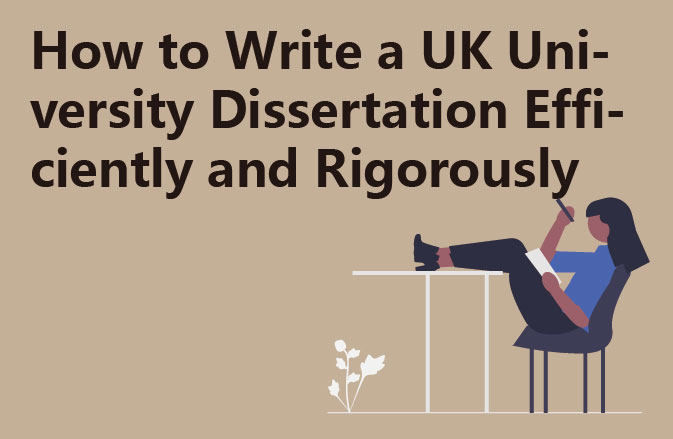This guide will detail the entire process of a UK university dissertation. Be sure to follow each step carefully to ensure that your dissertation is completed within the required timeframe, in terms of quality and quantity, and that it is highly recognised by your supervisor before submission!
Step 1: Selecting a topic and communicating with your supervisor
Firstly, we need to define your research topic, which is directly related to whether your thesis is cutting-edge, novel and feasible. Then, have an in-depth discussion with your supervisor, who will give you valuable advice and help you to determine your final research topic.
At this stage, you need to give full play to your creativity and imagination, whilst keeping a keen eye on real-world issues. When interacting with your supervisor, be proactive in asking questions and seeking guidance so that you can better understand your research topic and further refine your selection based on this.
Step 2: Writing a research proposal and ethical statement
Next, you will need to start writing a research proposal and ethical statement based on your chosen research topic. These two documents are an important part of your thesis and will provide a clear framework and a standardised process for your research.
When writing your research proposal, you will need to elaborate on the purpose of your research, methodology, data sources, and other aspects of your study. The Ethics Statement is designed to ensure that your research complies with academic ethics and legal and regulatory requirements.
After completing these two tasks, you can present your results to your supervisors and listen to their feedback. Through continuous revision and refinement, you will finalise your research proposal and ethical statement.
Step 3: Writing the theoretical framework and research methodology
With your supervisor’s approval and support, you can begin writing the theoretical framework and research methods sections of your dissertation. These two sections are the cornerstones of your dissertation, and they will provide a solid theoretical underpinning and a scientific approach to your research.
In writing the theoretical framework, you need to analyse the relevant literature in depth, summarise the existing theoretical system of your research field, and put forward your own innovative ideas on this basis. In the research methodology section, you need to choose a research method that is suitable for your research question and research object, and describe your research design and implementation plan in detail.
After completing these two sections, you can discuss with your supervisors again to listen to their feedback suggestions and further improve your theoretical framework and research methodology according to these suggestions.
Step 4: Collect data, analyse the results and write the main section
After completing the theoretical framework and research methodology, you can move on to the main part of your dissertation. This part includes three main parts: data collection, data analysis and presentation of results.
In the data collection stage, you need to use appropriate methods to obtain the required data according to your research design. In the data analysis stage, you need to apply appropriate statistical tools and methods to process and analyse the collected data to draw reliable conclusions.
When writing the main body, you need to present your findings and discoveries one by one in a logical order. At the same time, you need to pay attention to the accuracy and fluency of your language expression so that your paper reads both professionally and vividly.
After completing the main part of your writing, you can present your results to your tutors and listen to their feedback. Through constant revision and refinement, you will finalise your main body section.
Step 5: Write the abstract, introduction and conclusion
After the main body section is complete, you can start writing the abstract, introduction and conclusion sections. These three sections are the essence of your dissertation and they will provide a concise and clear overview and summary of your research.
When writing the abstract, you will need to summarise your research aims, methods, results and conclusions in concise terms. When writing the introduction, you will need to briefly review the relevant literature, explain the background and significance of your study, and introduce your research questions and hypotheses.
When writing the conclusion, you need to summarise your findings and discoveries and provide your own insights and recommendations based on these findings and discoveries. You will also need to point out the limitations and shortcomings of your research, as well as possible directions for future research.
After completing these three parts of your writing, you can discuss it again with your supervisor for their feedback suggestions and further refine your abstract, introduction and conclusion based on these suggestions.
All in all, writing a UK university dissertation is a complex and systematic task. However, as long as you follow the five steps mentioned above, I believe you will be able to complete your dissertation successfully.




